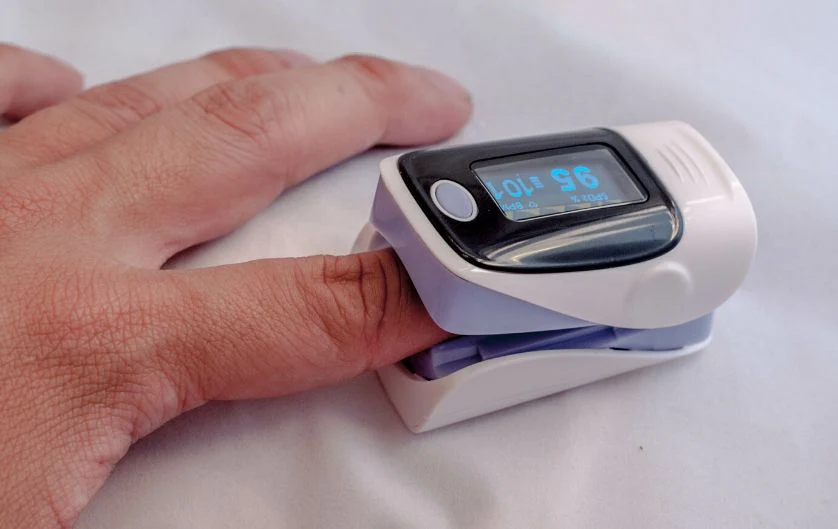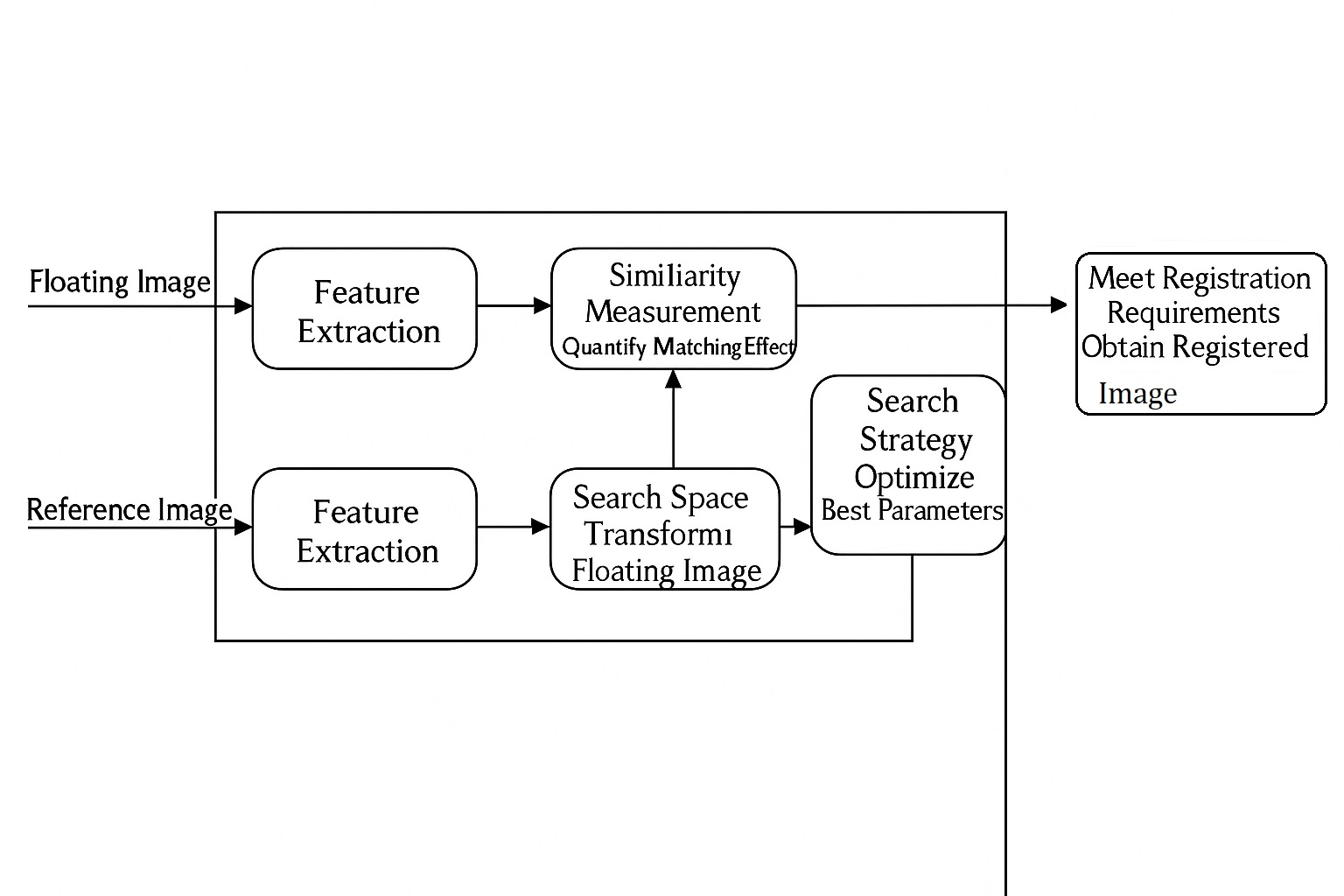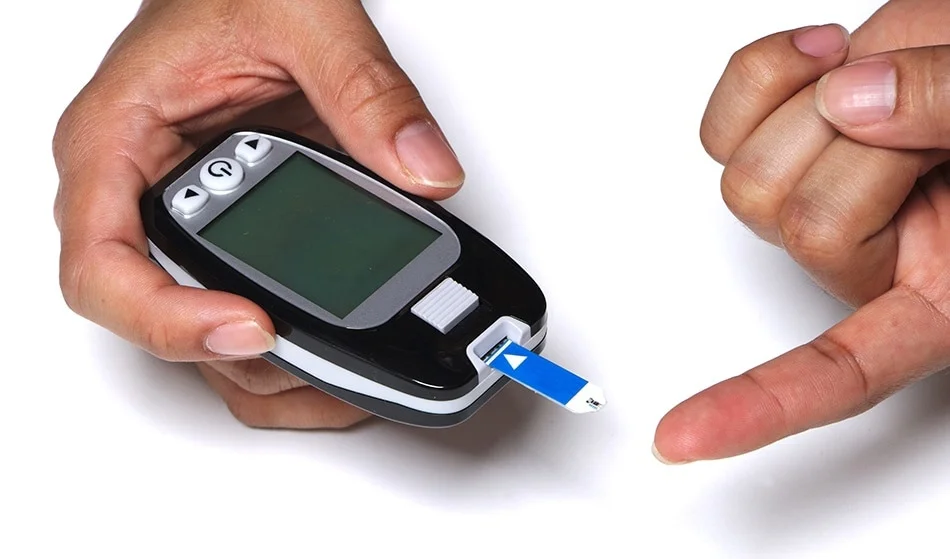Overview
A pulse oximeter is a common medical device used to measure arterial oxygen saturation (SpO2). Its primary purpose is to monitor a patient's blood oxygen saturation and provide real-time information to support clinical decision making. Typical use cases include the following.
Common uses
- Treating respiratory conditions: For conditions such as pneumonia, chronic obstructive pulmonary disease (COPD), and asthma. Monitoring SpO2 helps clinicians assess respiratory function and treatment effectiveness.
- Preoperative and intraoperative monitoring: Before and during surgery, a pulse oximeter can track oxygen levels to help prevent hypoxemia and support patient safety.
- Acute care for intoxication or overdose: In emergency treatment of alcohol intoxication or drug overdose, a pulse oximeter can help monitor respiration and heart-related indicators to guide timely interventions.
Additional functions
- Pulse monitoring: A pulse oximeter can detect a patient's pulse using a sensor and provide pulse rate and heart rate information.
- Real-time display: Many devices show SpO2 and related data in real time, and can record and perform basic statistical analysis of oxygen data.
- Noninvasive: Measurements are taken with a sensor attached to a fingertip, earlobe, or similar site, without invasive procedures.
Can a pulse oximeter measure heart rate?
A pulse oximeter is designed to detect arterial oxygen saturation (SpO2) and to analyze the plethysmographic pulse waveform. Some pulse oximeters, when properly configured, can also provide heart rate measurements, but not all models support heart rate detection.
If the specific device you are using supports heart rate measurement, follow its user manual to operate it and view heart rate values on the device display or associated software. If simultaneous, reliable recording of both oxygen saturation and heart rate is required, consider using a dedicated heart rate monitor or a multi-parameter monitor designed for that purpose.
What is the waveform shown on a pulse oximeter?
The waveform displayed below the SpO2 reading is the plethysmographic pulse waveform. It is a curve that reflects changes in blood volume caused by each cardiac cycle. On the device, the waveform typically appears as a continuous series of waves, with each wave corresponding roughly to one heartbeat.
The plethysmographic waveform is quantitative and can provide useful information about cardiac function and circulatory status. Observing changes in waveform speed, amplitude, and shape can help assess whether oxygen saturation is normal and whether the heart is functioning effectively. In clinical and home monitoring, waveform analysis can aid in early detection of abnormal events. Therefore, when using a pulse oximeter, in addition to SpO2 values, attention should be paid to waveform changes, especially sudden abnormal patterns.
 ALLPCB
ALLPCB








